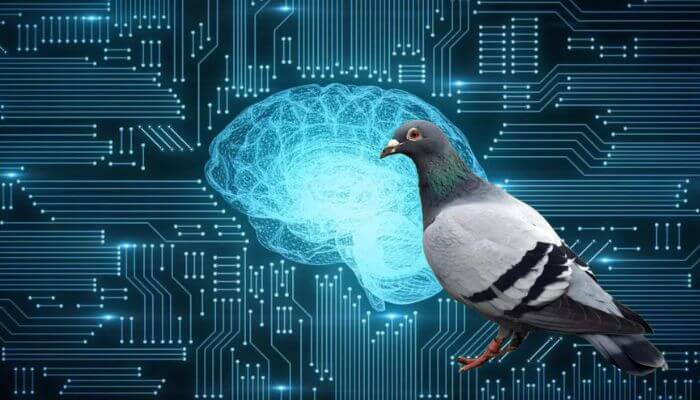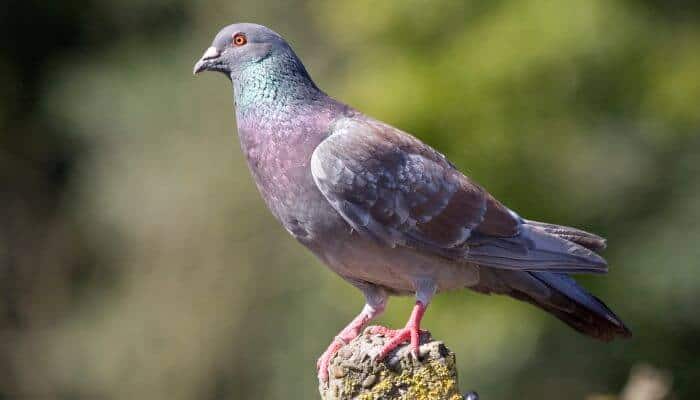According to a recent study published in the Current Biology journal, the way humans teach advanced artificial intelligence (AI) is similar to the way that pigeons learn.
Every pigeon fancier knows their pigeons are smart birds. That may come as a surprise to people who think pigeons are vermin but it is no surprise to the scientific community.
It has long been proven that they can multi-task, learn things, make choices and remember things. They can recognize other pigeons, are capable of discrimination and they can even tell the time.

The study was undertaken in the psychology and brain sciences department of the University of Iowa under the professorship of Ed Wasserman and it concluded that “pigeons are AI masters”!
We are used to hearing all the time about how wonderful AI is and the amazing things it can do like beat people at video games and chess but basically, it is all based on learning logarithms.
Associative Learning vs. Declarative Learning
The general way humans learn is known as declarative learning which is usually combined with procedural learning. This is based on acquiring knowledge that is given by verbal and visual instruction. As an example, we are told about heat so we do not need to touch a hot stove to know it will hurt.
Associative learning – the way in which a pigeon learns – is when a new response becomes associated with a particular stimulus. To continue with the same example, a pigeon would have to touch a hot stove and get burned to learn it should not touch it.
Associative learning is often seen to be a brute force technique, relying on a repetitive, trial-and-error approach. AI works in the same way to identify objects and patterns as recognized by humans.

The Study
Using tasty pellets as incentives and rewards, the pigeons were shown different patterns that they had to put into one of two categories.
They indicated the category by pecking a button.
The choice of category was based on how the birds interpreted the pattern from characteristics of line angles, line widths and their arrangements. When they selected the correct category, they were given a pellet and not if they were wrong.
The pigeons were able to sufficiently memorize up to 70% of all the different patterns.
The Conclusion
In this clear demonstration of associative learning, Professor Wasserman stated that the pigeons “are using a biological algorithm, the one that nature has given them”.
Associative learning is thought of as being a rigid protocol lacking sophistication but AI uses an equivalent system to the pigeon’s way of learning. Except, the computer uses an artificial algorithm provided to them by humans.
The huge advantage that AI has over pigeons is that the capacity of a pigeon’s brain is limited. Computers are very much unlimited with massive memory and storage capabilities and immense processing power.
Proof at last that to call pigeons “bird-brained” is not such an insult.
